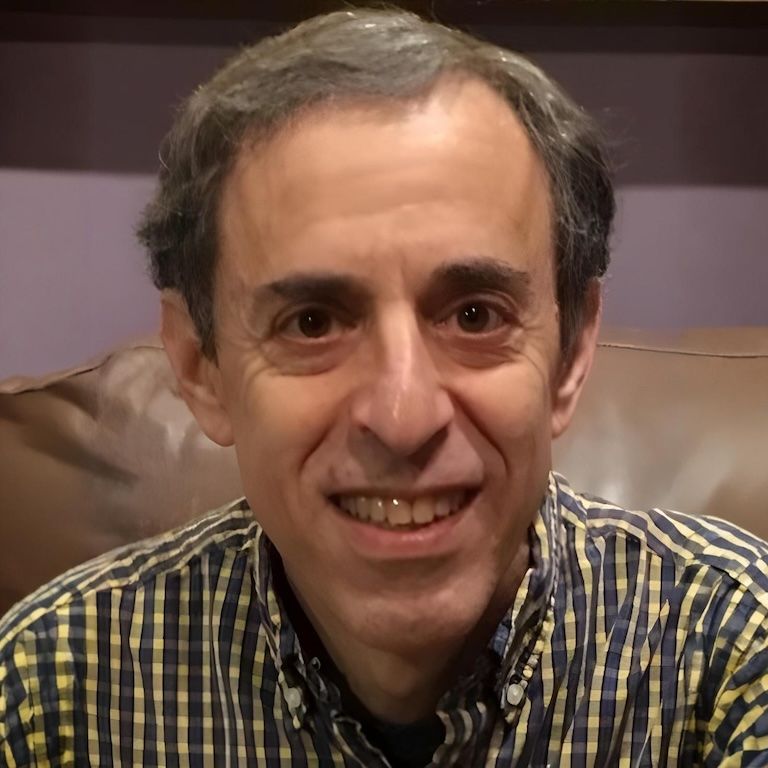Education
- BS, 1974, Massachusetts Institute of Technology
- PhD, 1979, Massachusetts Institute of Technology
Urgent need: Reductions to SNAP and federal cuts mean our students are facing food insecurity in record numbers. Give to the Hunter College Purple Apron Food Pantry and support students today.

Dr. Mitchell Goldfarb is a professor in the Department of Biological Sciences.
See Contact DetailsWe have discovered and studied proteins called fibroblast growth factor homologous factors (FHFs). FHF gene mutations engineered in mice or occurring naturally in humans are associated with a range of neurological disorders. FHFs were discovered by virtue of their sequence homology to fibroblast growth factors (FGFs). While FGFs exert pleiotropic biological effects through interactions with their cell surface FGF receptors, we have demonstrated that FHFs are intracellular and bind to specific neuronal protein targets. A principal set of targets are the alpha subunits for voltage-gated sodium channels. Using FHF knockout mice, we have shown that FHFs are required for neurons to fire robustly, and this is accomplished by FHF modulation of sodium channel fast inactivation (Goldfarb et al., 2007). We have also shown that some FHFs induce a rapid onset long-term inactivation of sodium channels, which is mediated by an inactivation particle in the effector N-terminus of these FHF isoforms (Dover et al., 2010). Long-term inactivation progressively slows the firing rate of neurons, a process called accommodation or frequency adaptation (Venkatesan et al., 2014). Some of these studies have entailed the use of fast voltage-sensitive dyes, leading to the discovery that axonal spike conduction occurs in an FHF-independent manner (Dover et al., 2016). We have also shown mechanistically how FHF dysfunction can lead to severe epilepsies (Siekierska et al., 2016; Fry et al., 2021, Veliskova et al., 2021), stress-induced cardiac arrhythmias (Park et al., 2016; Park et al., 2020), and loss of heat nociception (Marra et al., 2023).
